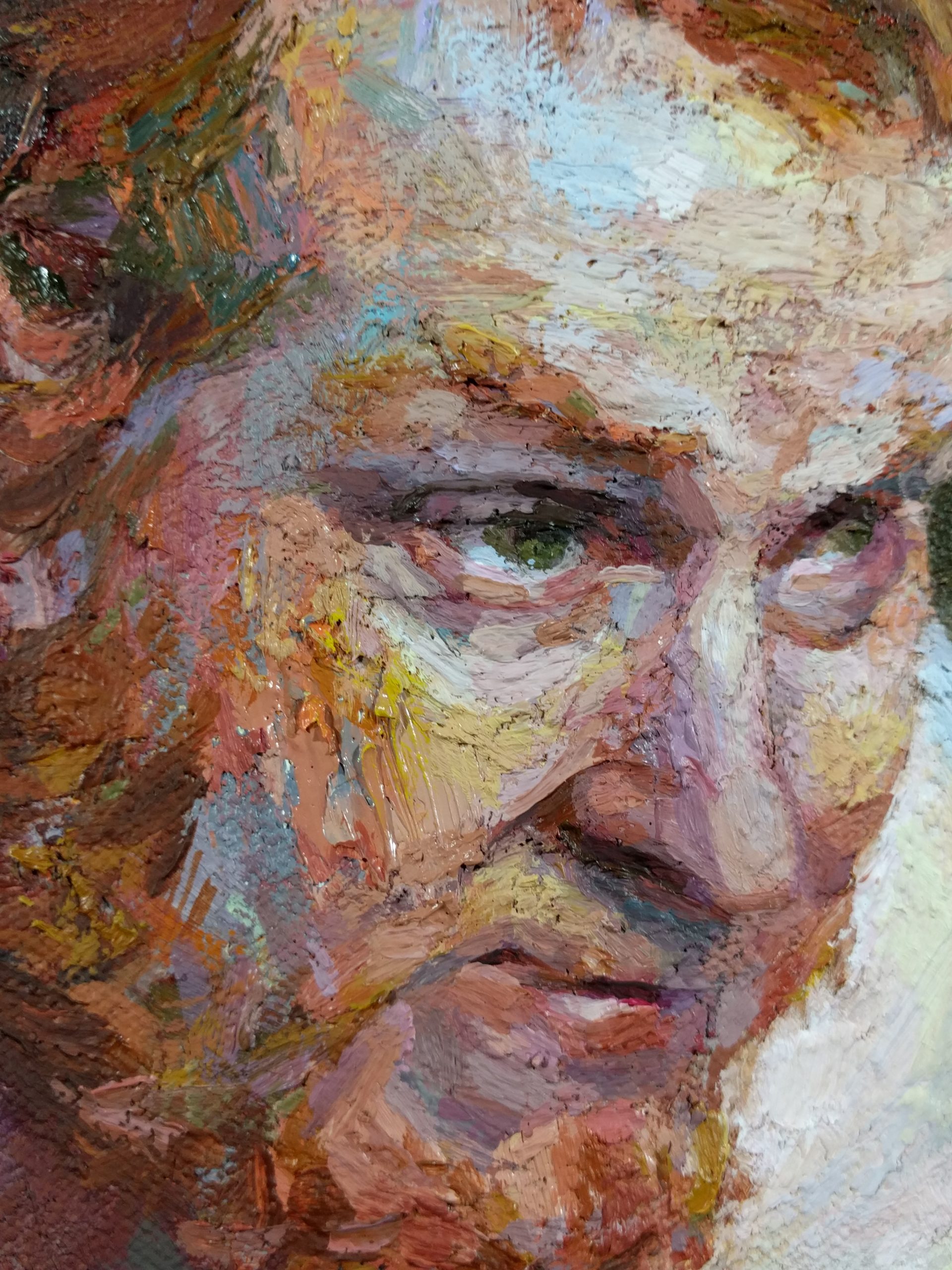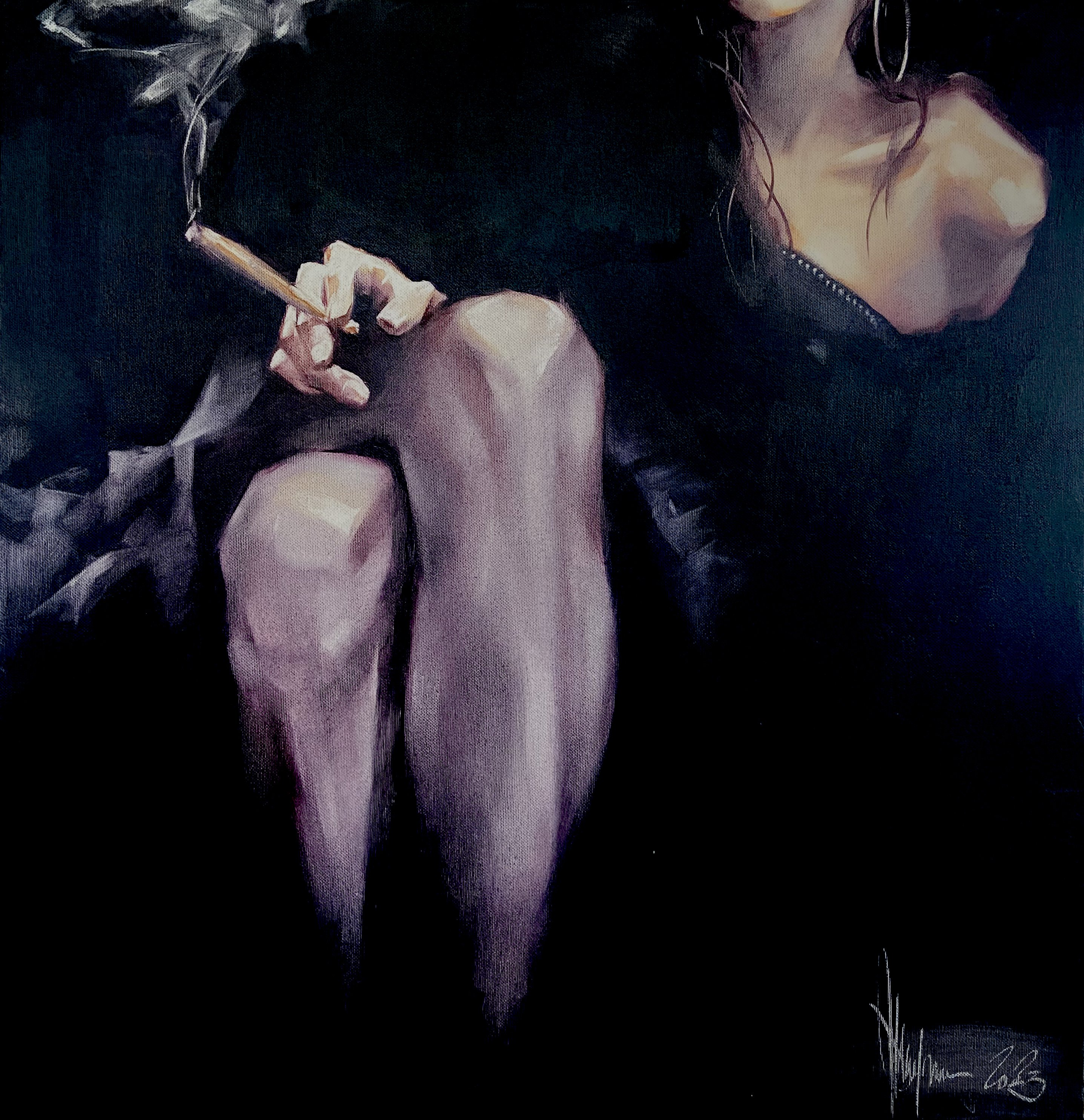Figurative Oil Painting: From Principle to Canvas - A Step-by-Step Strategy
Figurative Oil Painting: From Principle to Canvas - A Step-by-Step Strategy
Blog Article
A Journey Via the Globe of Metaphorical Oil Painting: Finding the Distinct Characteristics and Psychological Depth of the Tool

Background of Metaphorical Oil Paint
Emerging throughout the late Center Ages and thriving throughout the Renaissance, figurative oil painting has a rich history that reflects both creative advancement and cultural development. At first, oil paints were used in Europe as a method to boost the luminance and deepness of shade in artworks. Artists such as Jan van Eyck pioneered the tool, showing its prospective to catch detailed information and appearances, therefore enabling for a more lifelike depiction of the human kind.
As the Renaissance proceeded, prominent numbers like Leonardo da Vinci and Michelangelo broadened the boundaries of metaphorical oil paint. They emphasized physiological precision and viewpoint, producing works that shared feeling and narrative depth. The tool's convenience permitted testing with light and shadow, leading to the growth of chiaroscuro methods that further improved the visual experience.
Unique Attributes of the Medium
The evolution of metaphorical oil painting has actually been considerably affected by the special characteristics of the medium itself. Oil paint, made up of pigments suspended in oil, provides artists a remarkable adaptability that enables a large range of appearances and finishes. Its sluggish drying out time allows careful mixing and layering, which can produce deepness and brightness unattainable in other tools.
Additionally, oil paint's rich pigmentation provides lively colors that maintain their intensity gradually. This particular is important in figurative paint, where recording the nuances of skin tones and psychological expressions is paramount. The capability to accomplish soft transitions and subtle slopes boosts the lifelike quality of subjects, allowing artists to share intricate emotional states.
Furthermore, oil paint adheres well to different surface areas, such as wood, canvas, and metal, broadening the range of creative expression. The tool's adaptability sustains various approaches, from comprehensive realistic look to meaningful brushwork, making it possible for musicians to discover their specific designs.
Inevitably, the unique residential properties of oil paint not just enhance the visual experience but additionally encourage musicians to connect extensive stories, making figurative oil painting a deeply expressive art type.
Designs and strategies Employed
Within the world of figurative oil painting, musicians utilize a diverse array of strategies and designs that contribute to the depth and splendor of their work. One popular technique is polishing, where transparent layers of paint are applied over dried out layers, permitting light to mirror and pass through, improving luminosity and deepness. This method is often made use of to accomplish a sense of realistic look and complexity in complexion.
Another strategy is impasto, where thick layers of paint are applied with a palette blade or brush, creating a textured surface that includes a three-dimensional high quality to the paint. This design can evoke a visceral action, drawing the visitor in through its responsive nature.
Artists additionally check out various brushwork designs, from penalty, in-depth strokes that capture complex features to wider, more expressive strokes that communicate motion and emotion (figurative oil painting). The option of shade palette dramatically influences the general state of mind of a piece, with cozy tones typically imparting feelings of comfort and cool tones suggesting melancholy
Moreover, the integration of chiaroscuro, the comparison between light and darkness, allows artists to produce significant effects that improve the narrative high quality of their job. Each technique and style is meticulously selected to raise the customer's experience and understanding.
Psychological Deepness in Metaphorical Art
Emotional depth works as a foundation in metaphorical art, allowing artists to transcend mere representation and engage customers on an extensive degree. This psychological vibration is frequently accomplished with the nuanced portrayal of human figures, expressions, and interactions. Artists harness the power of light, shadow, and shade to stimulate sensations that reverberate deeply with the target market, producing a visceral connection to the subject.
In figurative oil painting, the intricate layering of paint can reflect the complexities of human emotion. The choice of palette, whether warm or trendy, plays an important function in setting the mood and atmosphere of a piece. Softer tones might evoke serenity and introspection, while bold, different shades can communicate tension and dramatization.

Influential Artists and Their Functions
Countless influential artists have actually significantly formed the landscape of figurative oil painting, each adding distinct viewpoints and techniques that remain to motivate contemporary designers. Amongst these artists, Lucian Freud attracts attention for his intense mental deepness and raw portrayal of the human type, usually blurring the lines between charm and degeneration. Freud's jobs, characterized by thick, impasto brushstrokes, invite visitors to confront the complexities of identity and susceptability.

Similarly, Andrew Wyeth's precise realism in pieces like "Christina's Globe" records extensive stories within relatively easy compositions. His use of light and shadow evokes a feeling of fond memories and psychological resonance, drawing viewers right into the intimate globes he depicts.
In the realm of modern art, Kehinde Wiley has actually obtained acknowledgment for his dynamic, larger-than-life portraits that test standard concepts of depiction. By putting people of color in contexts evocative classic portraiture, Wiley's job redefines the canon of art background.
These artists, alongside others, have not just enriched figurative oil paint however have also increased the dialogue bordering emotion, society, and identity, ensuring that the tool stays a vital type of expression in the art world. figurative oil painting.
Verdict
Finally, metaphorical oil painting remains explanation an effective medium that envelops the intricacies of human emotion via its abundant coloring and versatile methods. The historical advancement of this art type, incorporated Read Full Article with its distinct characteristics, enables for extensive creative expression. Strategies such as glazing and impasto enhance the psychological resonance of each piece, while the payments of significant artists continue to form the discussion and influence bordering this timeless category. The trip through figurative oil paint discloses its long lasting value in the art world.
The expedition of figurative oil paint offers a profound understanding into the interplay of technique, emotion, and historical context that defines this age-old tool. Oil paint, made up of pigments put on hold in oil, offers artists an impressive versatility that allows for a wide range of structures and coatings.Within the world of metaphorical oil paint, musicians use a diverse range of methods and styles that contribute to the depth and richness of their work.Numerous influential artists have actually dramatically shaped the landscape of metaphorical oil painting, each contributing distinct point of views and techniques that continue to inspire modern makers.In conclusion, figurative oil paint continues to be an effective tool that encapsulates the complexities of human feeling via its abundant pigmentation and flexible methods.
Report this page